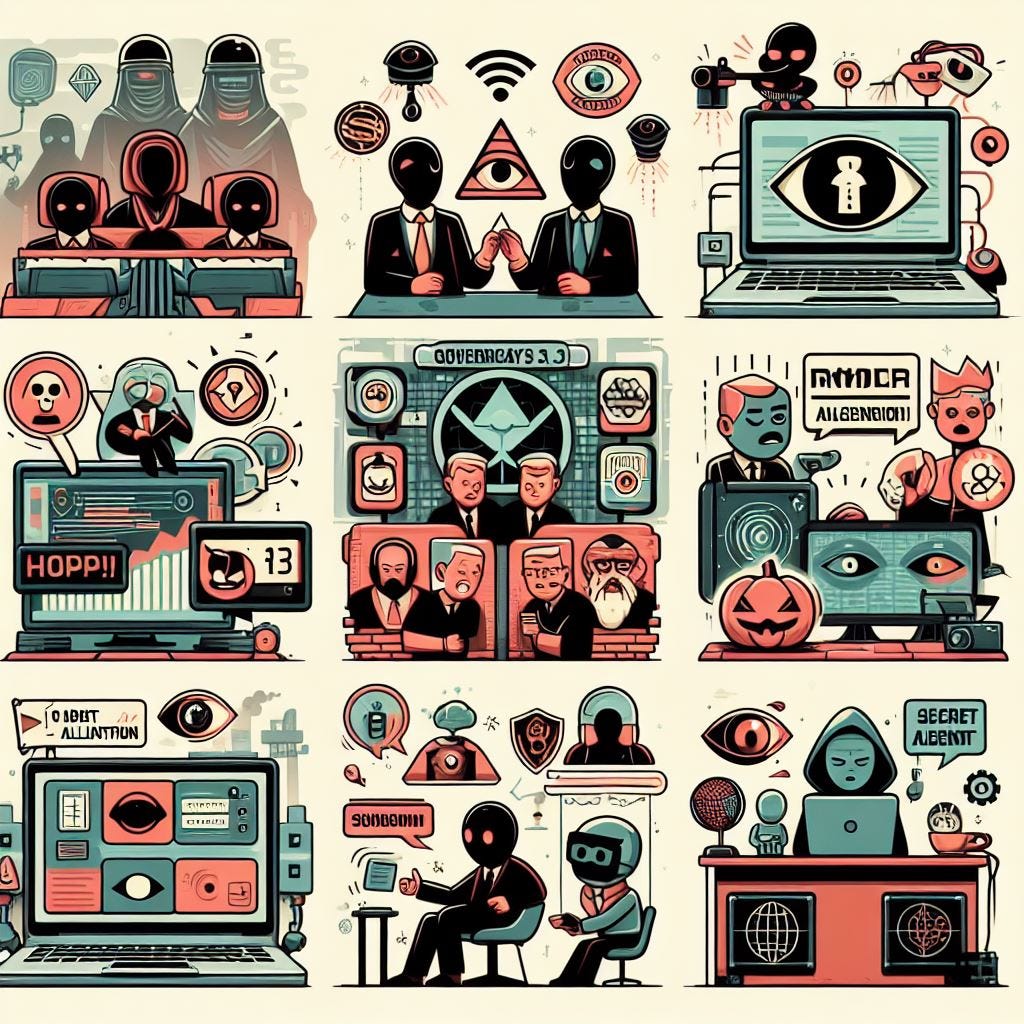~Vitalik Buterin
Web 1.0 represents the first stage of the internet. If you’re old enough to remember the late 1980s and early 1990s, you’ve experienced this period firsthand. During this period, the foundations of the internet were laid. However, users were limited in their ability to create or interact with content. In Web 1.0, information was presented in a decentralized manner and users were generally consumers of content.
Web 2.0 refers to the second phase of the internet, characterized by dynamic web pages, user-generated content, and increased interactivity. This phase saw the rise of social media, online collaboration tools, and participatory web applications. Like Facebook, YouTube, Twitter. Unlike Web 1.0, where users were primarily consumers of content, Web 2.0 gave users greater freedom to create, share and interact with content.
Since traditional Internet (Web2) structures are centralized, power and control are generally in the hands of large organizations. However, Web3 aims to change this situation. It empowers users – individuals or small organizations – giving them greater control. For this, decentralized systems such as blockchain technology and crypto assets are used. So, in Web3, power no longer comes from a single authority, but from a distributed network. This increases users’ data security and freedom. In summary, Web3 creates a more democratic environment in the digital world by allowing users to act more independently on the internet.
“The most effective system of Internet control is not the one that has the most sophisticated and draconian system of censorship, but the one that has no need for censorship whatsoever.”
― Evgeny Morozov
This news is republished from another source. You can check the original article here

